The Rashrrapati Bhavan is part of the narrative of international architecture and town-plabbibg, which entered a new phase at the beginning of the 20th century. It is the last of the many ‘palaces; built in Delhi over centuries. It is also the last of the palatial residences built by the British in India. The designing of the Viceroy’s House marked a crucial moment in the balavce Indian and British builders, an issue touching the question of style and sunstance, as well as of the relation between and indigenous skills. Edwin Lutyens stood away from the suggestions that he was offered, and delineated a structure balancd against designed open spaces, which has until now defied definition. Its settings in a symmetrical estate conveyed a sense of a Garden City adapted to the north Indian climate.
The same symmetry and verdure continued beyond, to the city extending from the Ridge to the river, with its own ecological harmony. An intervention in the history of India’s monuments and towns. New Delhi was the first and last completely planned city in British India.
The chapters have written by six architects and two historians, keeping the general reader in mind. It is part of a series of volume documenting different aspects of the rich cultural, social and historical legacy of the Rashtrapati Bhavan as a national institution.

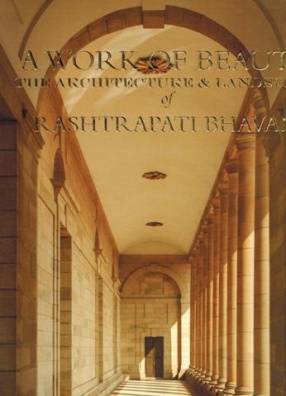

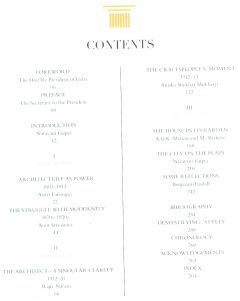
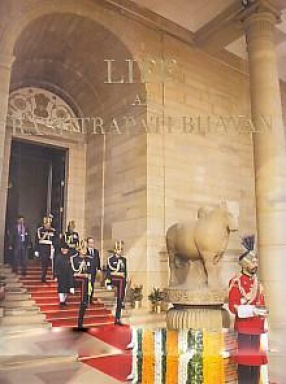
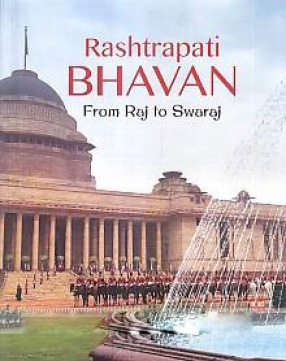
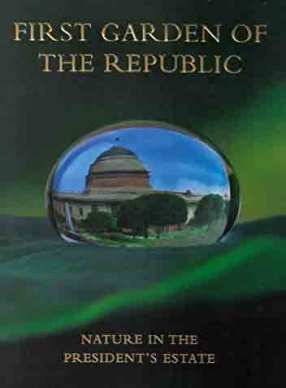
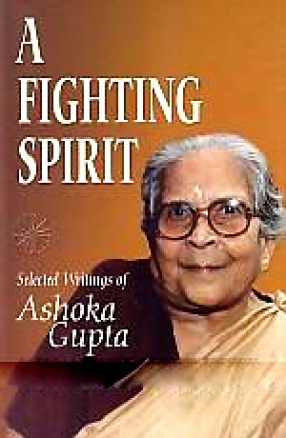

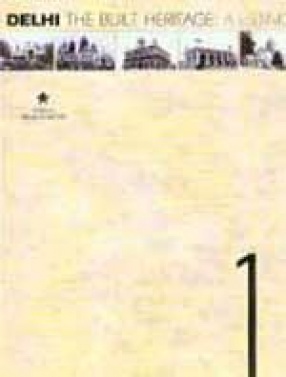
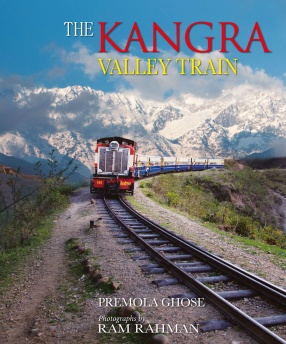
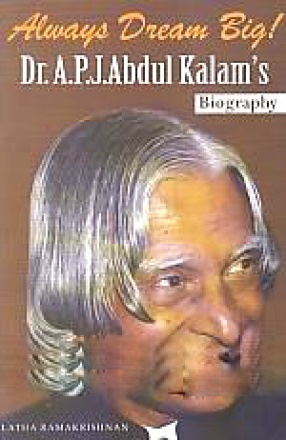
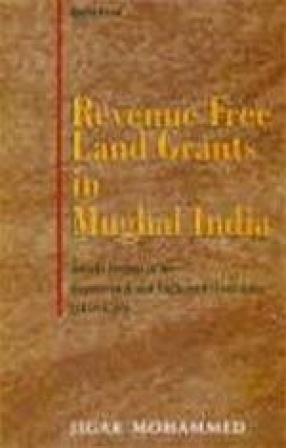

There are no reviews yet.